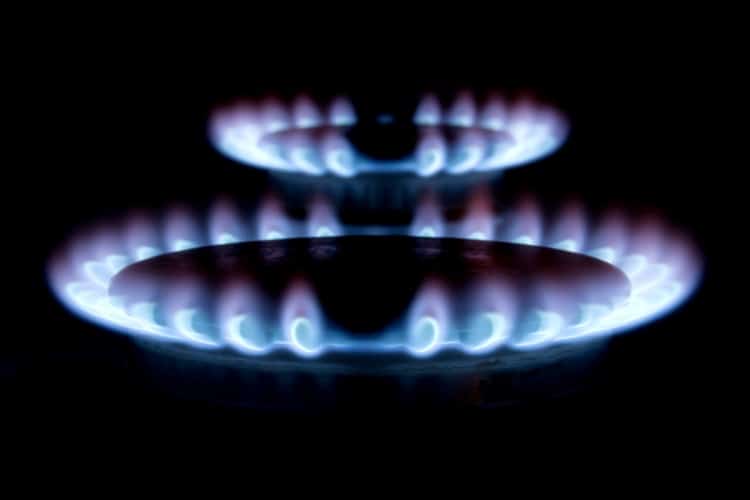Mark Crowther, Technical Director, Kiwa Gastec
Last month we reported on a two year project in Leeds to investigate how hydrogen could be used for domestic and commercial heating in place of natural gas. Mark Crowther, technical director at Kiwa Gastec, makes the case for conversion.

It’s a well known fact that the Climate Change Act commits us to reducing our carbon emissions by 80 per cent of their 1990 levels by 2050. It’s a less well known fact, however, that our heating system accounts for over 30 per cent of our carbon emissions. It follows, therefore, that if we can decarbonise the heat sector, we’ll go a long way towards reaching our overall carbon reduction targets. Sounds simple? Well, it turns out that it could be just that – simple.
We’ve recently played a significant and integral role in the development of a series of reports investigating the feasibility of converting our gas transmission network from natural gas to hydrogen.
Working alongside the likes of Northern Gas Networks, KPMG and the Department of Energy and Climate Change as it was, our team at Kiwa Gastec assessed the benefits of a change to hydrogen over other low carbon forms of energy; the technical feasibility of using existing infrastructure to store and transport hydrogen; the safety implications of using the gas in a domestic setting; the practicalities of establishing a supply chain for the appliances that would ultimately use it; and investigating a viable location for piloting a physical conversion. In other words, we’ve looked at each piece of the jigsaw puzzle and have created a whole picture view of what conversion would entail.
And the conclusion of all this work? Having been involved in all aspects of the research, I can say with certainty that conversion of the heat sector to hydrogen is technically feasible.
Of course, decarbonisation of the gas network will be challenging, but thanks to our work on the H21 Leeds City Gate project, which has assessed the feasibility of replacing natural gas with hydrogen in the city, we have shown that these challenges can be overcome.
Assessing the infrastructure needed to facilitate the conversion was the first step and a relatively easy one to address. We are part way through an ongoing network upgrade, due to be completed by 2032, through which the country’s low and medium pressure distribution network is being replaced with polyethylene pipes – which, conveniently, are suitable for transporting hydrogen. Utilising the existing gas network will significantly reduce the scale and complexity of the decarbonisation challenge.
Establishing the volume of hydrogen needed and ensuring security of supply was next, and again, the solution was clear. The use of Steam Methane Reformers (SMRs) is the most viable way, both technically and economically, of supplying the large amounts of the gas required. With an existing SMR plant at Teeside, it would be feasible to scale this up to the four SMRs needed to meet the demand of a city the size of Leeds – the likely location for a pilot conversion.

Importantly, the North East also offers a viable solution to the issue of carbon capture and storage. In the USA, SMRs are already being used alongside existing CCS technology to capture the carbon separated during the creation of hydrogen. Mirroring this process at a Teeside plant, the captured carbon could be transported via a pipeline to be stored in the gas strata under the North Sea. The Humber would also provide a suitable location for storage of hydrogen during the summer months, to help manage the variation of demand between the seasons, in the form of the underground salt caverns that exist in the area – a proven mechanism for gas storage.
A further challenge is how to carry out a conversion with minimal impact on end users. Again using Leeds as an example, we have established that it would be possible to convert approximately a third of the city each summer (when gas demand is at its lowest) for three years, causing just a few days’ disruption to householders. So another tick in the box.
The final challenge is making this a reality.
I can say with certainty that there is the will within the industry to make it happen. I know first-hand from the conversations I’ve been having that people are paying real attention to the evidence base we’ve established and they’re excited about it.
The key, therefore, is creating the certainty and incentive that is needed to get the industry to commit to the financial investment needed – and that can really only be achieved by a political decision. Government needs to demonstrate a serious commitment to this on a national scale.
If that commitment is made, and assuming that industry and government work together to make this happen, I firmly believe that hydrogen offers a high level of decarbonisation at a modest cost using a proven supply chain. In other words, it has a tremendous amount going for it.




April 1886: the Brunkebergs tunnel
First ever example of a ground source heat pump?